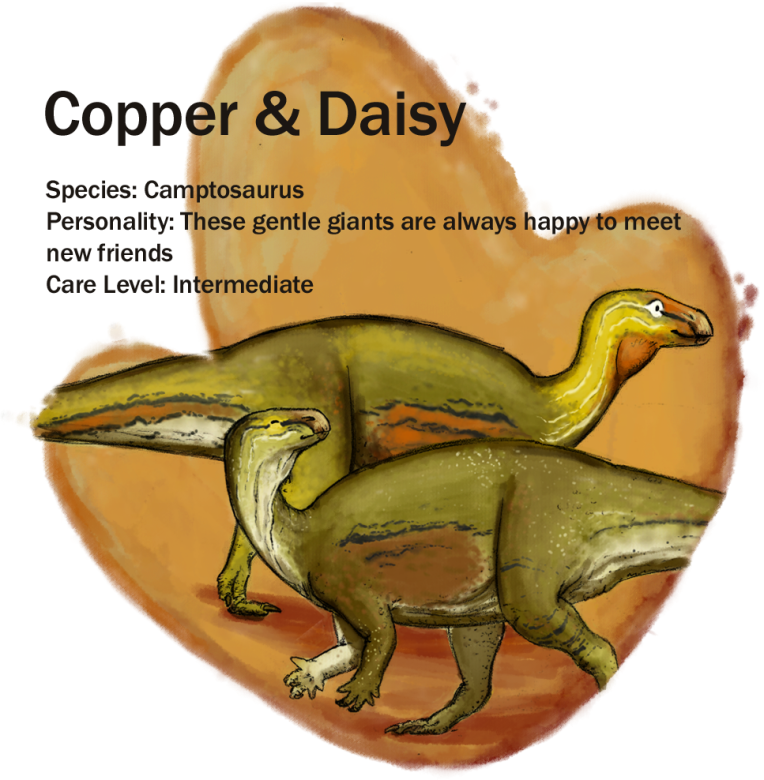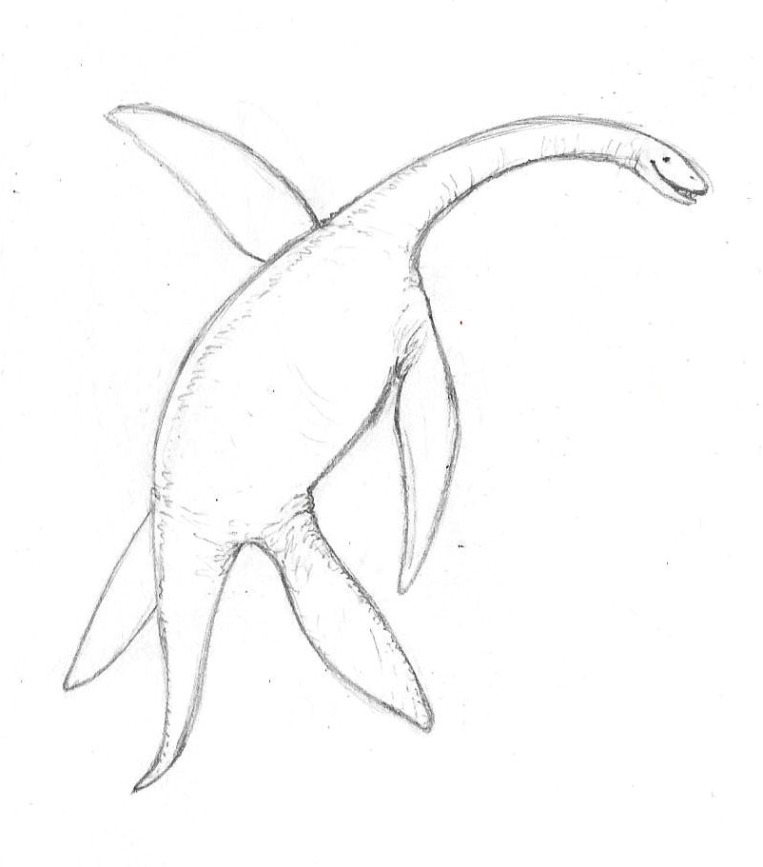Life is full of everyday miracles. The sort of things that are so unlikely to happen, it’s amazing they happen at all.
Take fossils for example. Let’s start with something big- a sauropod, or long-necked dinosaur. Should be easy to fossilize right?
Unfortunately we need a dead one for our fossil, so let’s skip the sad story.
Let’s just say an old brachiosaurus (Let’s call him old Mr. B) came to the riverbank for one last drink of water…Now we have a very large feast for scavengers all up and down the riverbank. They won’t have to worry about hunting for months! Well, maybe weeks, depending on how many critters are joining the buffet.
Mr. B is not going to stay in one piece. A leg over here…head gone…a chunk of tail in the belly of another…By the time the scavengers are done picking the bones clean, bits and pieces are going to be scattered and broken all over the riverbank.
That pile of bones bleaches in the sun for a few more months. The bones dry out and turn brittle. Insects and small, nocturnal mammals with ever-growing teeth gnaw on them.
The skies turn dark, storm clouds gather, and a week of constant rain raises the river. More rain from the north rushes in, and in a few short hours, flood waters pour in strong enough to uproot trees and toss huge rocks as easily as pebbles.
The rush of water and debris lifts the heavy bones and carries them downriver. A few ribs catch on the roots of a thick, strong tree, but the other bones are torn free and get carried on. A leg bone settles in a small undercurrent and sinks into a deeper spot in the river. The rest of the bones get carried on…
On and on, the skeleton is fragmented by the force of the water.
Silt- dirt and debris carried by the current- covers the bones.
Over time, enough layers of silt build up and are flattened by the layers above them. Water, pressure, and time cement the layers of silt into sedimentary rock like sandstone and mudstone.
Water seeps down through the rock. Bone is porous, and so water can seep through it. The water leaves mineral deposits behind, like the hard water deposits that build up in the dishwasher.
Like a sponge drenched in salt water and left to dry in the sun, the bones slowly harden like solid rock.
But that’s not all. It’s not enough to be fossilized. The rock needs to stay intact.
The earth is constantly moving. Rocks that hold fossils can be pushed down and melted in Earth’s liquid mantle. Or pushed up into mountains, only to be erased by wind and rain.
As if that wasn’t enough, we have to find these fossils. Exposed fossil bone erodes quickly in the face of wind, rain, and sun. Scientists usually have good ideas where to find fossils based on previous discoveries, but many times it’s the kid playing by the bluff who finds them. Or the hiker who sees that spot in the rock that doesn’t look like the rest…
Even when the fossil is found, it can be lost, destroyed, or stolen.

My point here is, it’s amazing we have any fossils at all! More amazing still, the exquisite beauty of fossils like the Lagerstatten of Germany and places like it. Just look at the archaeopteryx at the top of the paragraph here (those feathers are so perfect, they look better than my chickens’ feathers!).
I am truly humbled to think about the beauty of the world around us, of humanity, of life. That it’s possible to see remnants of creatures gone for millions of years. That we can even dream of what they might have looked like.
I look at a fossil like this, and I see a miracle. And then I look at the world today, see the people in my life…or even just take a moment to watch my hands and the way they move as I type these words…the complexity behind the mechanics of their movement.
An everyday miracle. 🙂
Fleshing Out the Bones Series:














